Experts use fruit waste to grow bacteria and harvest nanocellulose, which is then transferred to the tannery and finished.
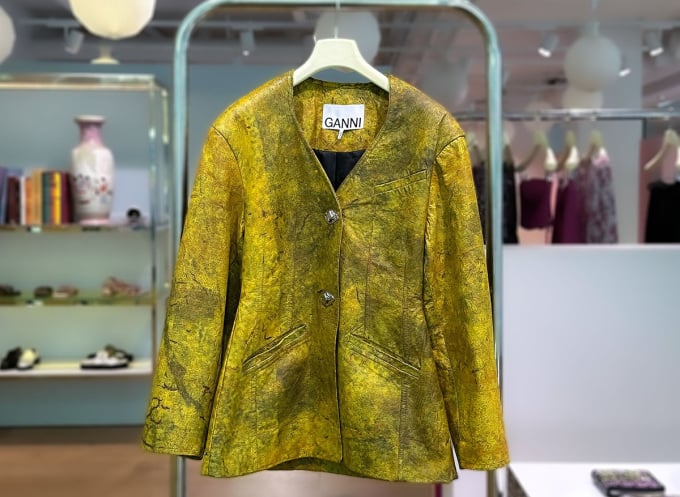
Jacket made from new bacterial material. Photo: CNN/Ganni
A Mexican biomaterials company has teamed up with Danish fashion house Ganni to create a one-of-a-kind prototype of a coat made from bacterial cellulose, CNN reported on October 19. Rather than trying to replicate the properties of leather, the coat is designed to feel like an entirely new material.
Despite being made using some traditional leather treatments, the new jacket has a much lower carbon footprint without compromising durability and breathability. “This is the first jacket from a global brand made from bacterial nanocellulose, so it’s a pretty important milestone for the biomaterials industry,” said Alexis Gómez-Ortigoza, co-founder of Polybion.
Gómez-Ortigoza and his brother Axel founded Polybion in 2014. Initially, they, along with materials scientist Bárbara González Rolón, focused on mycelium, the root-like network of fungal hyphae, and opened a pilot plant for mycelium materials.
But then a turning point came. “About five years ago, a friend walked into my office and showed me a jar of kombucha. We isolated the first bacteria from that drink,” Gómez-Ortigoza recalls.
Kombucha is a fermented tea drink that’s growing in popularity. The celium, the bacterial biomass that coats it, comes from this jar. Since then, Polybion has focused almost entirely on bacterial fermentation, and believes it’s a promising skin substitute.
To feed the bacteria, Polybion uses waste from local fruit canning plants, primarily mangoes. “We turn waste into food for the bacteria by adding our special formula, turning it into a growth medium. The bacteria then reproduce and create a nanocellulose network as a metabolic byproduct, which we harvest after two weeks and then transfer to the tanning and finishing stage,” says Gómez-Ortigoza.
Once harvested, the nanocellulose is processed by local tanneries. “We use the same equipment as animal tanneries, but without the chromium or any harmful chemicals. It’s an organic material, so it feels natural—it breathes and wears down in a similar way to leather,” Gómez-Ortigoza explains.
The Celium production process produces about a quarter of the emissions of the greenest leather production methods. When you factor in the emissions reductions from fruit waste, the process becomes carbon negative. Polybion is exploring the possibility of using Celium to make other things like cardboard, fiber, construction lumber, and even medical bandages.
Thu Thao (According to CNN )
Source link



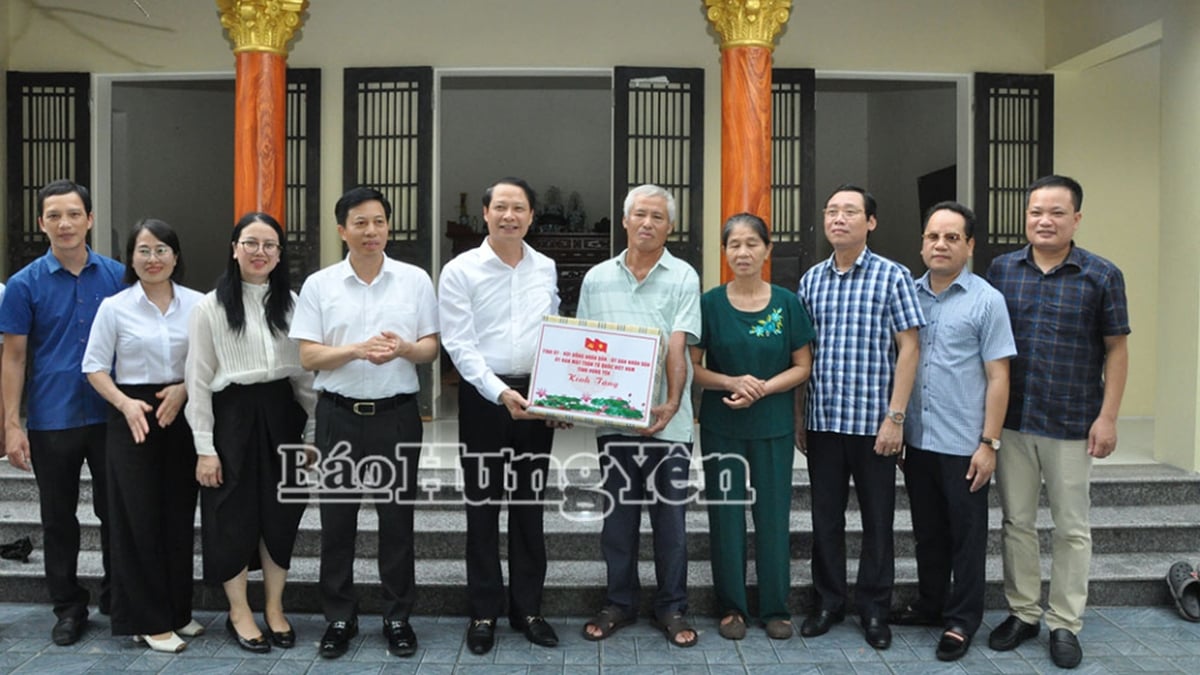
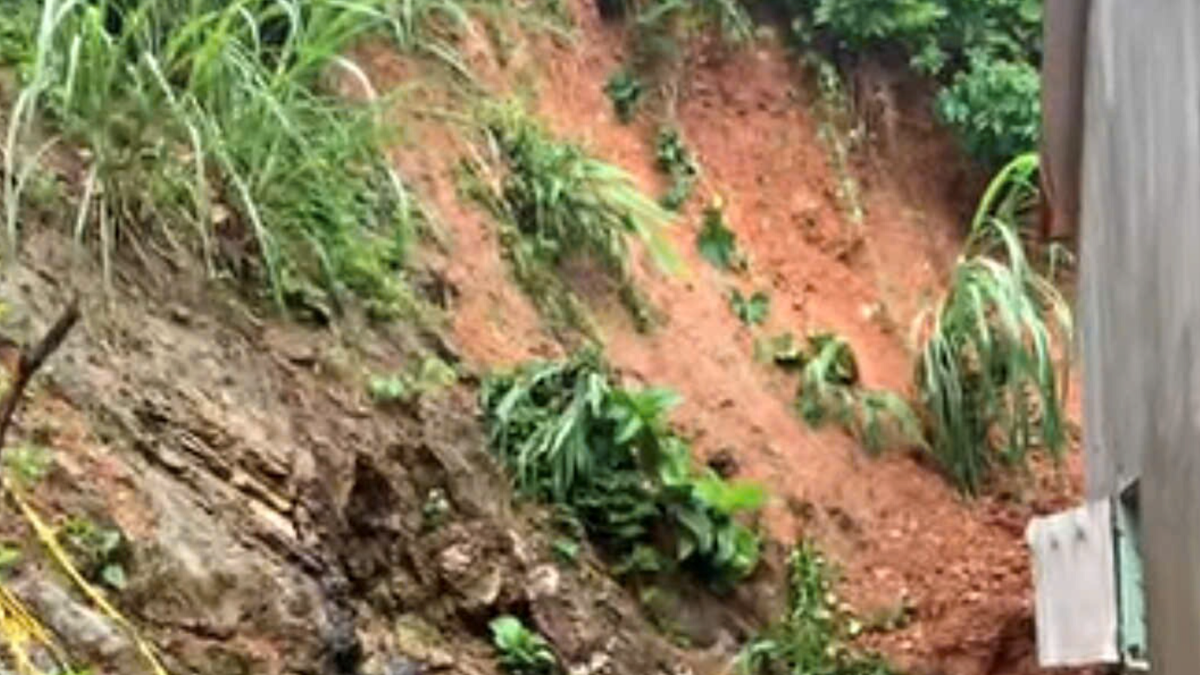
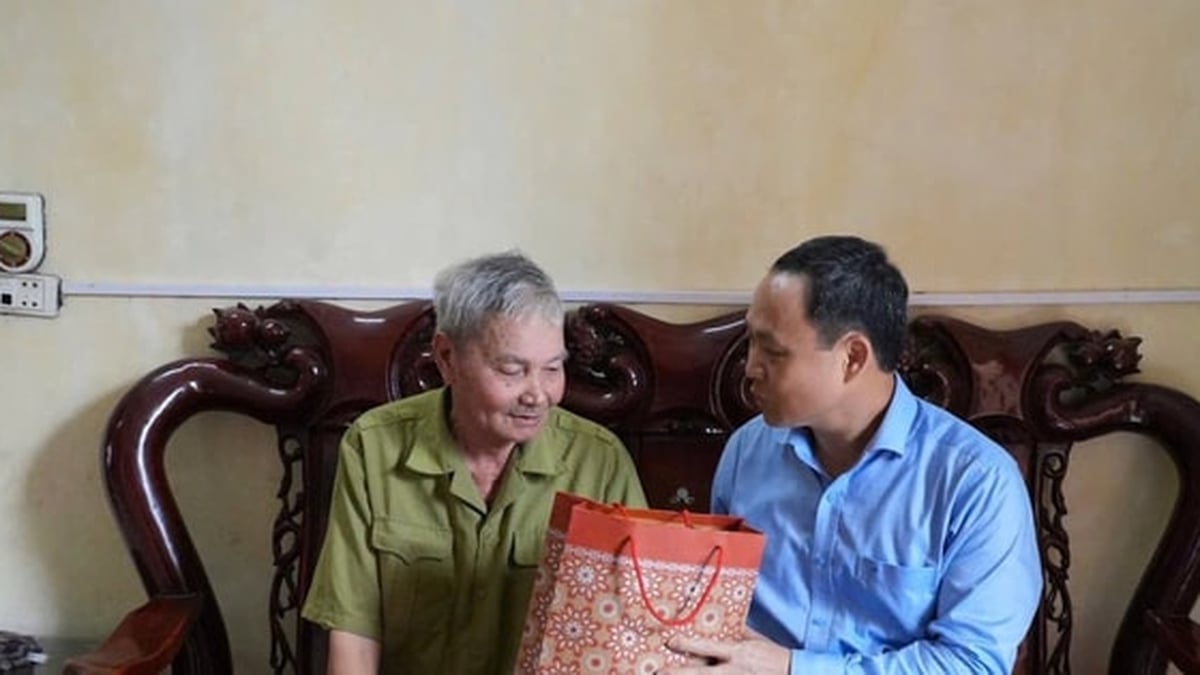




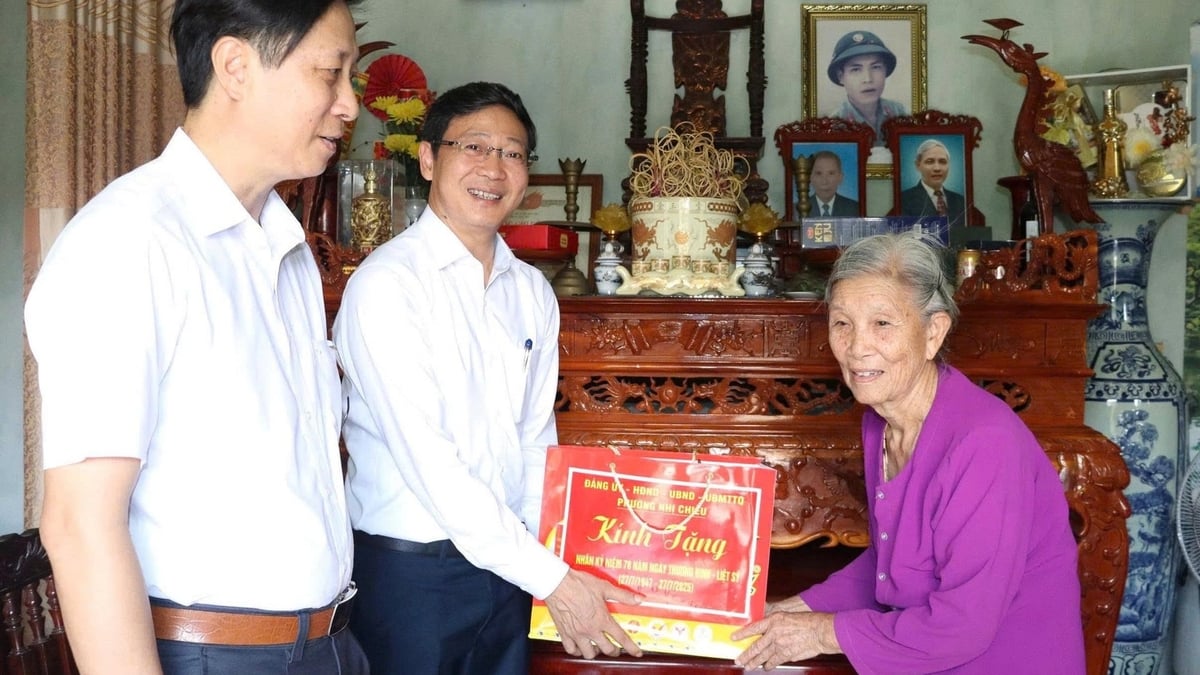
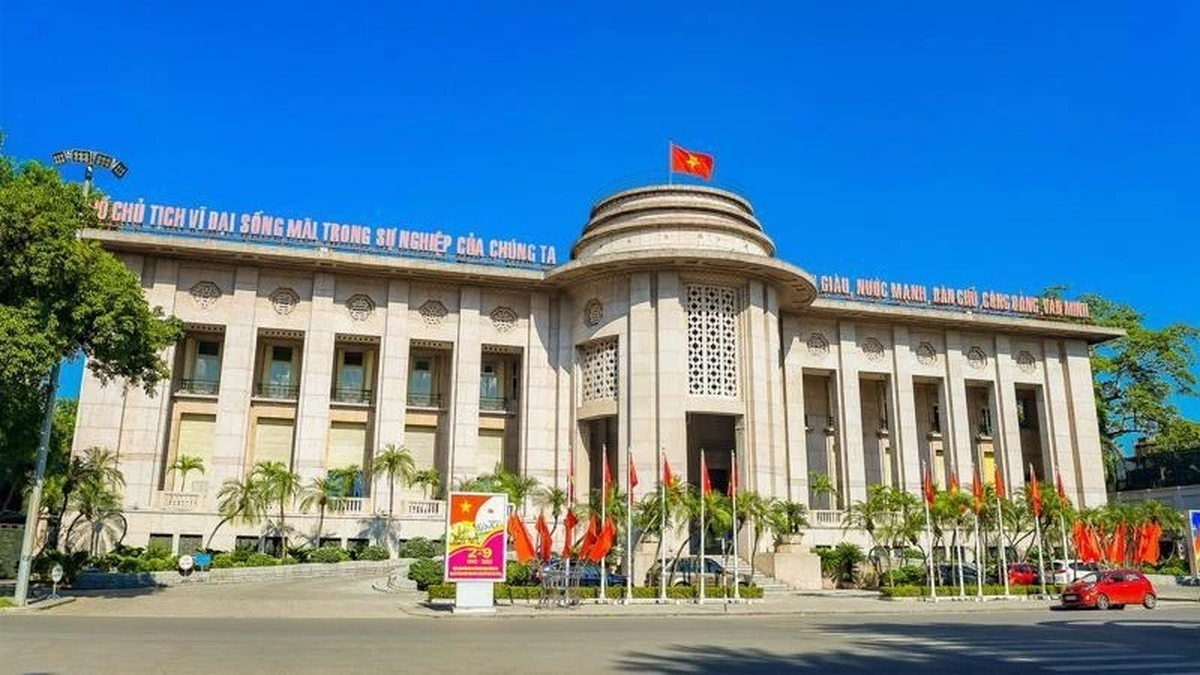



















![[Photo] Signing of cooperation between ministries, branches and localities of Vietnam and Senegal](https://vphoto.vietnam.vn/thumb/1200x675/vietnam/resource/IMAGE/2025/7/24/6147c654b0ae4f2793188e982e272651)






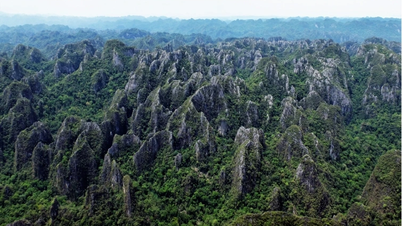


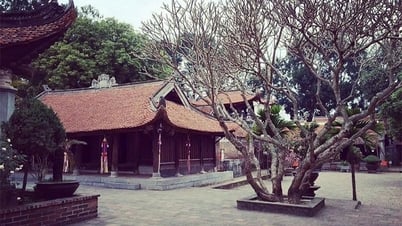






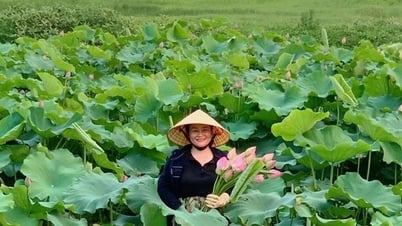














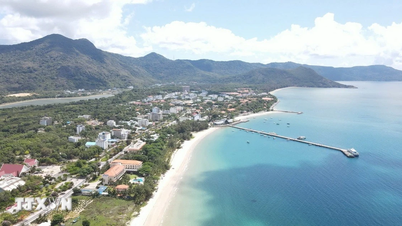
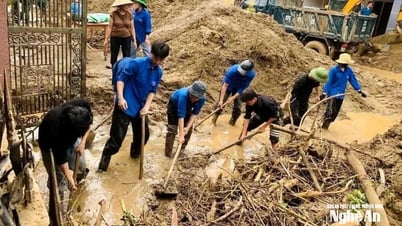





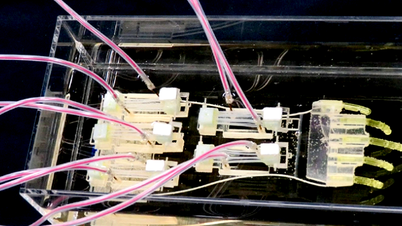




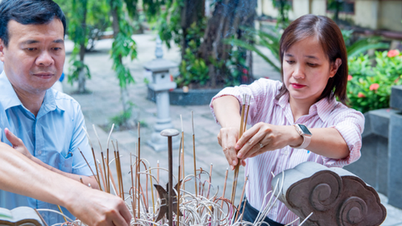





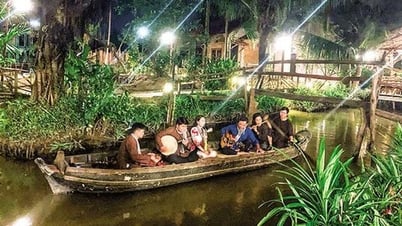






















Comment (0)